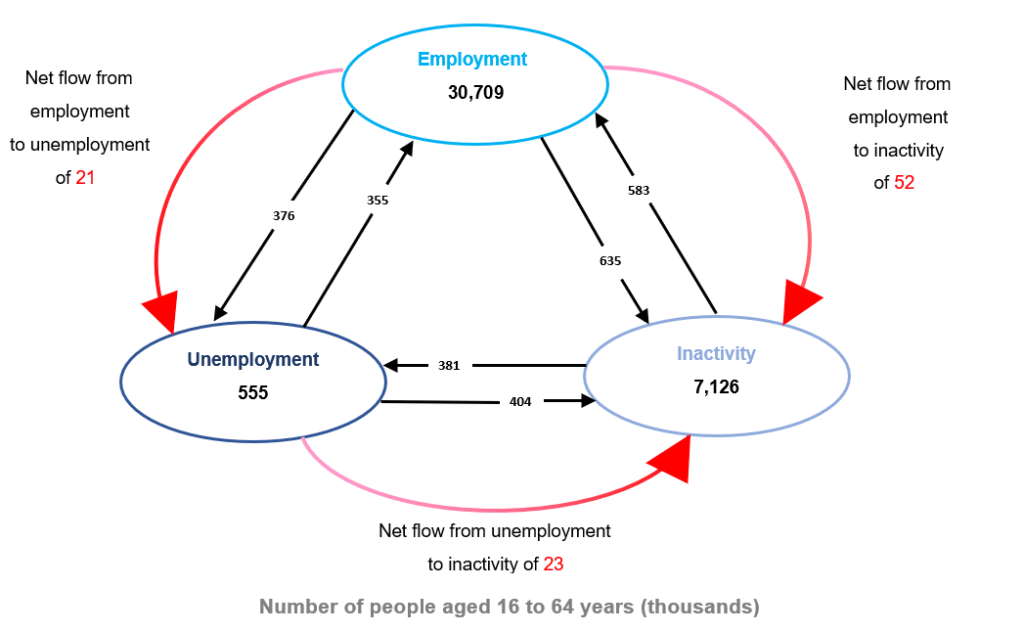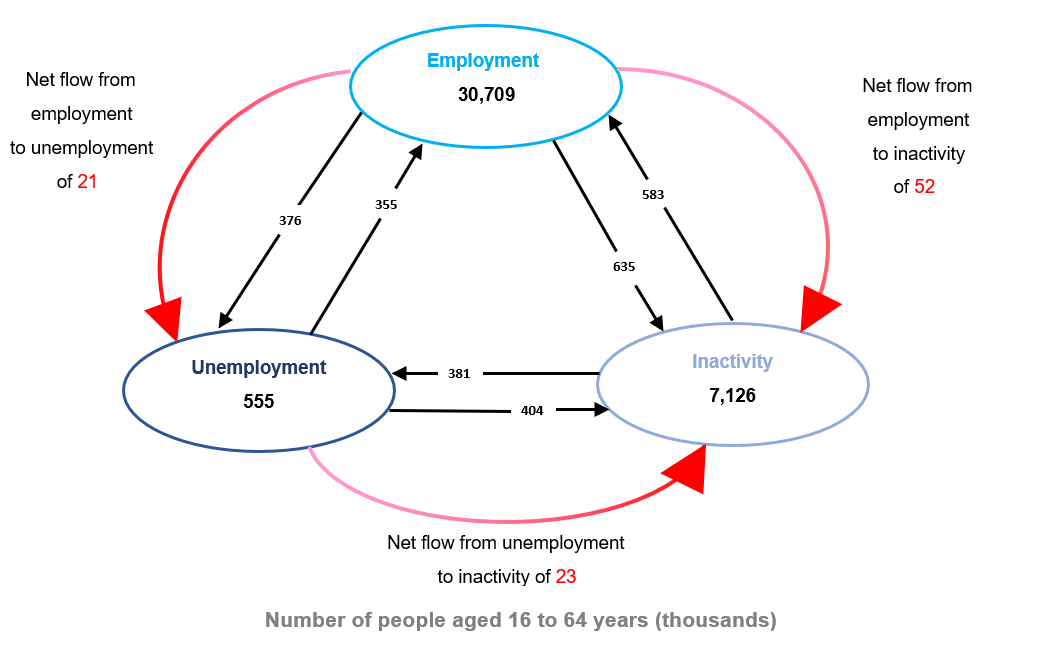There are worrying changes in the labour market
Money Talk is intended to inform and educate; it's not financial advice. Affiliate links, including from Amazon, are used to help fund it. If you make a purchase via a link marked with an *, Money Talk might receive a commission at no cost to you. Find out more here.
This week, the ONS released its monthly Labour Market Overview and the big headlines were all about the fact that the number of employees on payroll is down by 730,000 compared to March.
According to ONS analysis, “the falls in May, June and July are mainly because of fewer people moving into payrolled employment”.
But in fact, in the same report, there’s an even more worrying trend – that of increasing economic inactivity.
The UK government measures unemployment as people who don’t currently have a job, who have been actively looking for work within the last four weeks and who are available to start work within the next two weeks.
In contrast, economic inactivity is measured as people who don’t have a job but who are not classed as unemployed because they have not been actively looking for work within the last four weeks and/or they are unable to start work within the next two weeks.

Obviously people move between employment, unemployment and economic inactivity all the time, but in comparing two time periods – January to March 2020 and April to June 2020 – the ONS found that there was a net flow of 75,000 people moving into economic inactivity.
That is, there are 75,000 more people who are now considered economically inactive, even accounting for the people who might have moved into employment or unemployment.
Specifically, the ONS found three things:
- That 52,000 people moved from employment to economic inactivity, the largest since October to December 2016
- That 23,000 people moved from unemployment to economic inactivity, the first net flow from unemployment into economic inactivity on record
- And that 21,000 people moved from employment to unemployment, the first net flow from employment into unemployment since April to June 2009
The ONS said that most of the people in this economically inactive category are “primarily those who want a job but are not yet looking”.
It added: “However, it also includes those who report they do not want a job but either do not believe jobs are available, are not yet looking, or are inactive for some other unspecified reason.”
The economic inactivity rate is currently averaging 20.4% across the UK, with the highest levels in Northern Ireland (26.4%) and the lowest in the South East (17.5%).
Needless to say, we all have a hand in the economy.
But if the number of those in economic inactivity continues to grow, the recovery may not shape up to be as positive as we hope and the regional variations will only mean greater poverty in those areas of the country with more unemployment and more economic inactivity.
Read more: Job cuts are steep and there’s more to come







